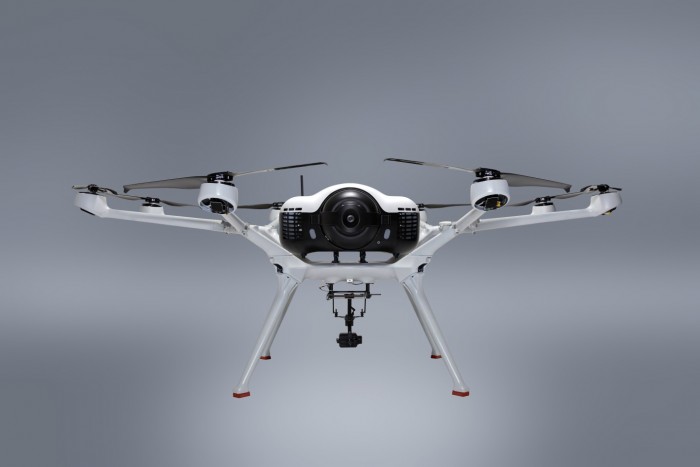Historically, drones were primarily used for military purposes, offering significant advantages like reduced risk to human life and enhanced precision in operations.
However, the demilitarization and adaptation of drone technology for civilian use have opened new avenues. Commercial drones are emerging in sectors such as agriculture, construction, and entertainment, demonstrating the diverse applicability of drone technology.
Drone Applications
- Agriculture: Drones aid farmers in crop monitoring, pest detection, and irrigation management. Equipped with multispectral sensors, they provide detailed imagery for optimizing agricultural practices.
- Construction: Surveying land, monitoring progress, and inspecting infrastructure are tasks increasingly reliant on drones, improving efficiency and safety on construction sites.
- Entertainment: Drone racing and aerial photography have become popular entertainment forms, showcasing stunning visuals that elevate artistic storytelling.

healthcare, where they assist in delivering medical supplies in remote areas. Equally, drones bolster law enforcement agencies by providing surveillance and crowd control capabilities, which enhances public safety efforts.Though the term “drone” generally refers to unmanned aerial vehicles (UAVs), it’s crucial to recognize the advancements in drone technology that have proliferated its use across multiple fields. The regulatory and ethical considerations surrounding drones’ use necessitate ongoing dialogue and adaptation, ensuring that these technological marvels are aligned with societal norms and legal frameworks.
Are drones only limited to aerial applications?

No, while commonly associated with aerial tasks, drones also include ground-based and underwater models, each designed for specific applications like terrestrial surveying or underwater research.
What regulations govern drone usage?
Drone usage is subject to aviation regulations, which vary by country. It’s crucial for operators to understand and comply with local laws regarding drone flight and privacy concerns.
Are drones autonomous?
Many drones have autonomous features but are often monitored by human operators. The level of autonomy depends on the drone’s programming and intended application.